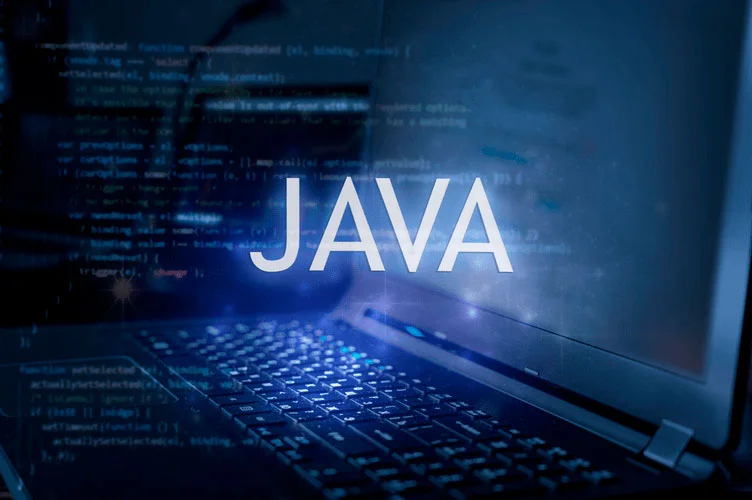We used virtual.threads.playground, but we can use any name we want. The important thing is that we need to use the requires directive to enable the incubator module. We very much look forward to our collective experience and feedback from applications.

Of course, four threads running in parallel will run much faster than the same four threads running concurrently. To take advantage of virtual threads, it is not necessary to rewrite your program. Virtual threads do not require or expect application code to explicitly hand back control to the scheduler; in other words, virtual threads are not cooperative.
Preserving the thread-per-request style with virtual threads
This includes coverage of software management systems and project management (PM) software – all aimed at helping to shorten the software development lifecycle (SDL). Assumptions leading to the asynchronous Servlet API are subject to be invalidated with the introduction of Virtual Threads. The async Servlet API was introduced to release server threads so the server could continue serving requests while a worker thread continues working on the request. Erlang applications are developed using message passing Actors which are implemented as very light weight processes/green-threads. If you want the true lightweight processess – use Erlang and create thousands of threads communicating via messages. In Java you’ll have a dozen of threads sharing a common memory with mutexes and semaphores.

In Part 3 we showed that a modern JVM running live stream aggregation can achieve a 99.99% latency lower than 10 milliseconds. The focus of that post was comparing the different GC options available for the JVM. In order to maintain a level playing field, we kept to the default settings as much possible. We’ve already seen how Kotlin coroutines implement continuations (Kotlin Coroutines – A Comprehensive Introduction – Suspending Functions).
Datalore by JetBrains Review: Features, Pricing, & Pros
Normally, LWPs reside in a pool, and they are assigned to particular processors as necessary. An LWP can be “bound” to a specific processor if it’s doing something particularly time critical, however, thereby preventing other LWPs from using that processor. They are mapped by the OS directly onto a processor and they are always preemptive. All thread manipulation and synchronization are done via kernel calls (with a 600-machine-cycle overhead for every call). This is a straightforward model, but is neither flexible nor efficient. A virtual thread is mounted on its carrier thread when it is in the states colored green in the above diagram.

In fact, the more straightforward way to write concurrent programs in Java is to create a new thread for every concurrent task. As we may know, the JVM gives us an abstraction of OS threads through the type java.lang.Thread. Until Project Loom, every thread in the JVM is just a little wrapper around an OS thread. We can call the such implementation of the java.lang.Thread type as platform thread. Developer.com features tutorials, news, and how-tos focused on topics relevant to software engineers, web developers, programmers, and product managers of development teams. In addition to covering the most popular programming languages today, we publish reviews and round-ups of developer tools that help devs reduce the time and money spent developing, maintaining, and debugging their applications.
Threads
Instead, we preferred to use a thread pool or an executor service configured with a thread pool. In fact, those threads were what we now call platform threads, and the reason was that creating such threads was quite expensive operation. The JVM added a new https://www.globalcloudteam.com/ carrier thread to the pool when it found no carrier thread. So the daniel virtual thread is scheduled on the new carrier thread, executing concurrently and interleaving the two logs. As expected, the two virtual threads share the same carrier thread.
Developers will typically migrate application code to the virtual-thread-per-task ExecutorService from a traditional ExecutorService based on thread pools. Thread pools, like all resource pools, are intended to share expensive resources, but virtual threads are not expensive and there is never a need to pool them. Executor.newVirtualThreadPerTaskExecutor() is not the only way to create virtual threads. The new java.lang.Thread.Builder API, discussed below, can create and start virtual threads. But, this scalability comes at a great cost — you often have to give up some of the fundamental features of the platform and ecosystem.
Using virtual threads vs. platform threads
As noted above, virtual threads are not considered to be active threads in a thread group. Consequently the thread lists returned by the JVM TI function GetThreadGroupChildren, the JDWP command ThreadGroupReference/Children, and the JDI method com.sun.jdi.ThreadGroupReference.threads() java green threads include only platform threads. Unlike platform thread stacks, virtual thread stacks are not GC roots, so the references contained in them are not traversed in a stop-the-world pause by garbage collectors, such as G1, that perform concurrent heap scanning.
As we can see, each thread stores a different value in the ThreadLocal, which is not accessible to other threads. The thread called thread-1 retrieves the value thread-1 from the ThreadLocal; The thread thread-2 retrieves the value thread-2 instead. As we can see, the IO operation, the sleep() method, is after the infinite loop. We also defined an alwaysTrue() function, which returns true and allows us to write an infinite loop without using the while (true) construct that is not permitted by the compiler.
The Scheduler and Cooperative Scheduling
Being an incubator feature, this might go through further changes during stabilization. As for ThreadLocal, the possible high number of virtual threads created by an application is why using ThreadLocal may not be a good idea. When using threads before Java 19 and Project Loom, creating a thread using the constructor was relatively uncommon.
- In practice, memory allocation happens a lot, so it’s pretty close to preemptive.
- The main disadvantage of the cooperative model is that it’s very difficult to program cooperative systems.
- In some cases, you must also ensure thread synchronization when executing a parallel task distributed over multiple threads.
- The async Servlet API was introduced to release server threads so the server could continue serving requests while a worker thread continues working on the request.
- We see Virtual Threads complementing reactive programming models in removing barriers of blocking I/O while processing infinite streams using Virtual Threads purely remains a challenge.
In practice, memory allocation happens a lot, so it’s pretty close to preemptive. You can have hundred of thousands of these processes running in a node. Java is not Erlang, and Java programmers are not in the same mindset as Erlang programmers.
What is the difference between green threads and virtual threads?
However, some blocking operations in the JDK do not unmount the virtual thread, and thus block both its carrier and the underlying OS thread. This is because of limitations either at the OS level (e.g., many filesystem operations) or at the JDK level (e.g., Object.wait()). The implementation of these blocking operations will compensate for the capture of the OS thread by temporarily expanding the parallelism of the scheduler. Consequently, the number of platform threads in the scheduler’s ForkJoinPool may temporarily exceed the number of available processors.
